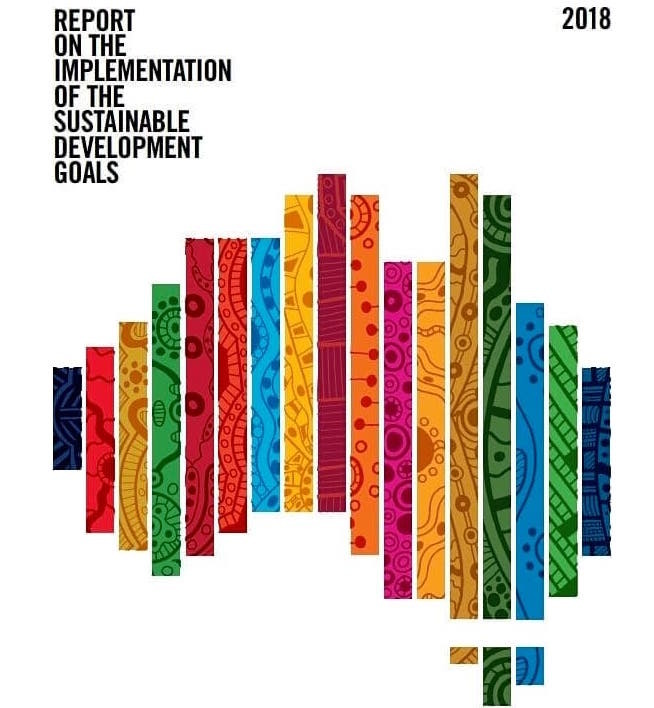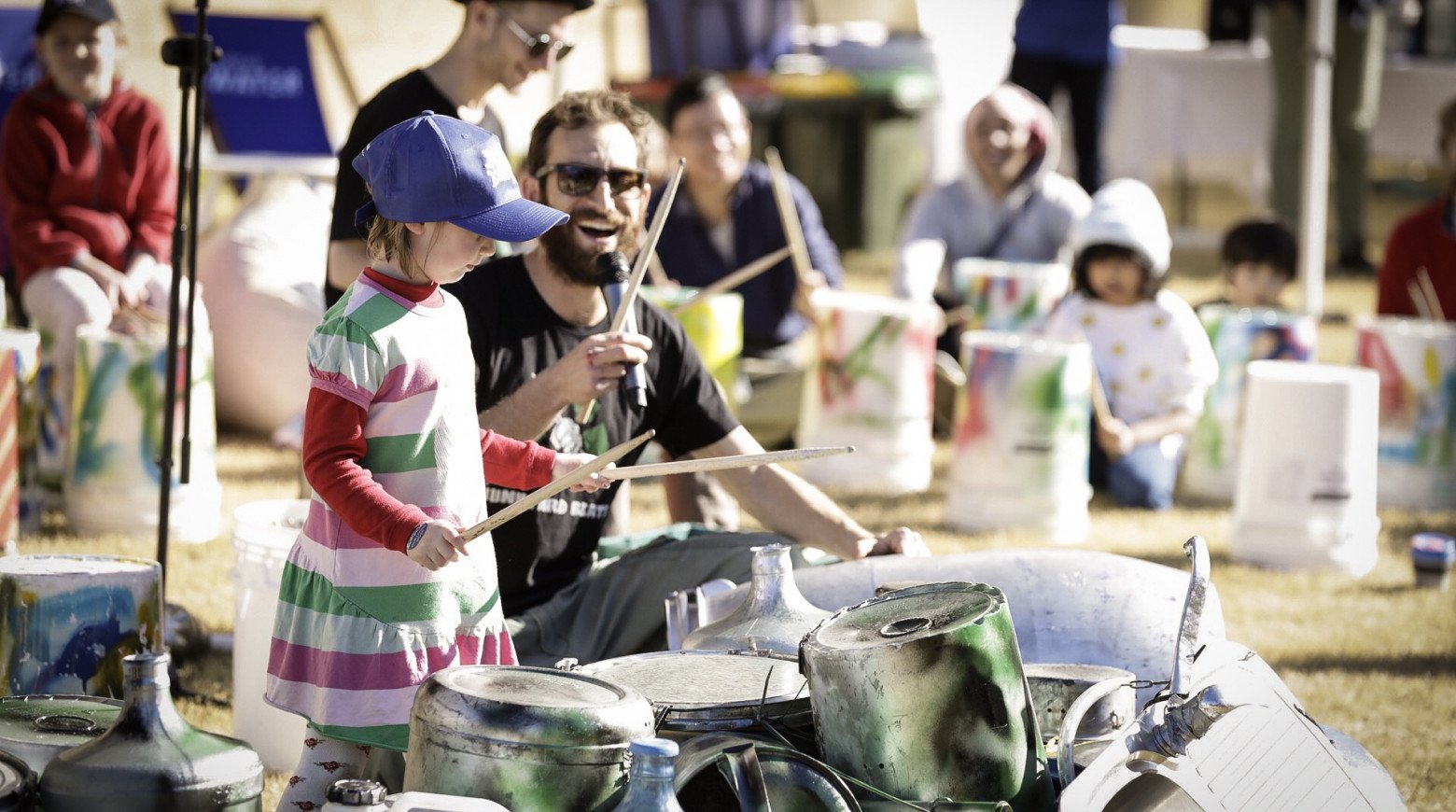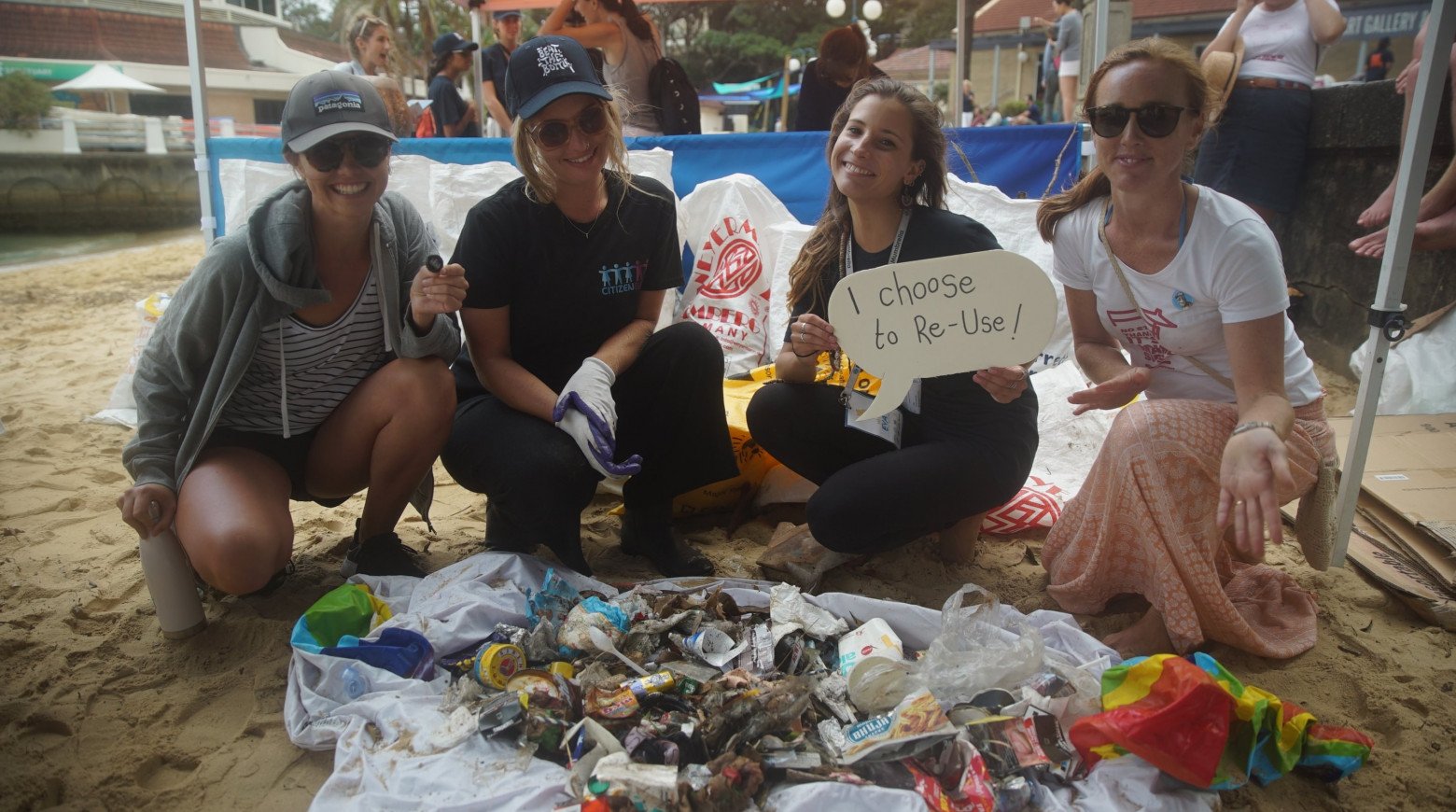Ideas have the power to transform entire cities. A change in culture, a set of characteristics that create strong emotions, is necessary for social impact. Emotional connection is what drives attitude change. With this in mind, it is crucial to develop a culture around sustainable development in order to overcome the SDGs’ challenges and achieve its 2030 targets.
The UN Sustainable Development Goals rightly reflect this notion. In fact, one of the SDGs’ targets is to “ensure by 2030 that all learners acquire the knowledge and skills needed to promote sustainable development, including, among others, through education for sustainable development and sustainable lifestyles, human rights, gender equality, promotion of a culture of peace and non-violence, global citizenship and appreciation of cultural diversity and of culture’s contribution to sustainable development” (SDG No.4). Another one is to “strengthen efforts to protect and safeguard the world’s cultural and natural heritage” (SDG No.11).
The City of Sydney is committed to achieving these goals and does so through various initiatives such as the Creative City Cultural Policy and Action Plan 2014 – 2024. According to the World Cities Culture Forum, a network of local governments and cultural sector leaders from 37 world cities, this strategy’s priority goals include: increasing creativity visible in the “public domain”; supporting participation and improving access; ensuring financial sustainability; sharing knowledge; and increasing global engagement. Dedicated to raising the profile of its Aboriginal and Torres Strait Islander culture, Sydney’s Eora Journey Programme involved working with artists and businesses to develop world-class artworks and events.
Jordana Angus
An important example of local artists’ contribution in raising awareness on SDGs is Jordana Angus, a contemporary Wiradjiru artist and emerging jeweler. Passionate about environmental issue, she hopes to raise awareness in her country through her 17 interconnected, abstract black, drawings which each represent one of the 17 SDGs. Her work is inspired by both her childhood memories and by Australia’s landscape. Featured on the SDGs official website, her designs are commissioned by the Department of Foreign Affairs and Trade.
Related Articles:
![]() “CHAMPIONING THE FUTURE: THE CITY OF SYDNEY”
“CHAMPIONING THE FUTURE: THE CITY OF SYDNEY”
by Clover Moore
One of her drawings, as shown below, gives a unique interpretation to the SDG No.1: No Poverty. In fact, the black circles in the middle of the work symbolise access to finances and the pathways lead to all people and all communities, which would eliminate poverty.
Interestingly, Jordana was able to scale her success to the whole of Australia. In fact, in an effort to raise awareness on the 17 SDGs, Carbon Creative coloured the artist’ black and white designs and used them to create the Australia-shaped SDG image.
#BeatTheBottle
Another local initiative is the #BeatTheBottle campaign by Sydney Water, a corporation wholly owned by the New South Wales Government. During 2016-17 they have removed nearly 2,000 cubic metres of litter from waterways, including 1 million plastic bottles.
Sydney Water’s aim is to raise awareness of the fact that drinking tap water is a simple way we can all personally reduce our reliance on single use plastics. Sydney Water is well aware that it is important for events to be fun in order to attract a large crowd.
Blessed with warm weather and reasonable prices as compared to its European counterparts, the City should be able to attract big-spending collectors to Sydney Contemporary, Australia’s premier international art fair. Sydney hosts many of its cultural festivals outdoors and is home to the Sydney Festival, Sydney’s Writers’ Festival, Sydney Film Festival, Sculpture by the Sea, the Gay and Lesbian Mardi Gras, and the Biennale of Sydney, which showcases the works of 70 artists and artist collectives from 35 countries. The City also organises Vivid Sydney, the world’s biggest festival of light, music and ideas.
By injecting $36.5 million into Sydney’s cultural life each year, the government also invests in cultural infrastructures as it hopes to build the local art market to avoid being overshadowed by international counterparts. Priority projects include the renovation of the Walsh Bay Arts and Cultural Precinct as well as that of the Sydney Opera House, hoping to maintain its position as one of the world’s busiest performing arts centres.














